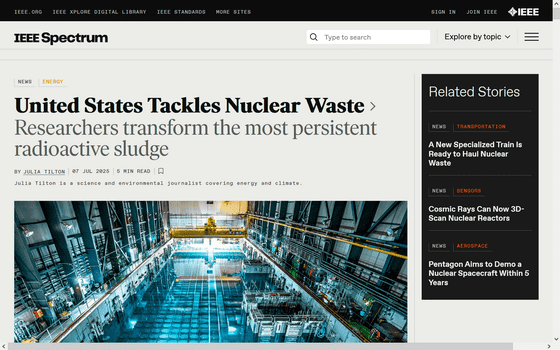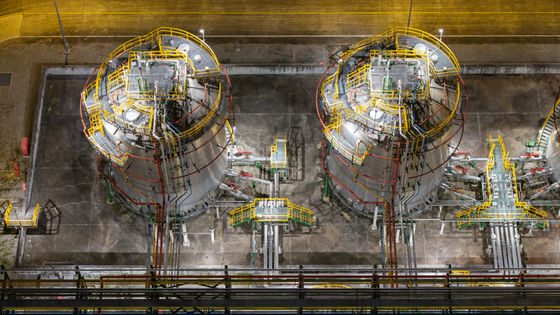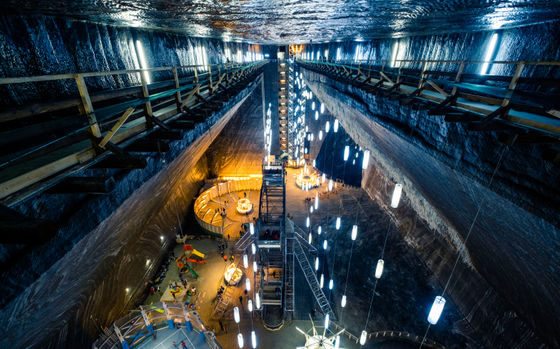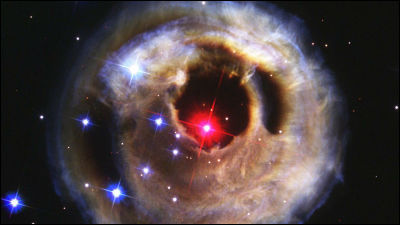Research is underway in the United States on new technologies to use nuclear waste as a resource and convert spent fuel.

The United States has about 90,000 tons of
Nuclear Waste Reprocessing Gains Momentum in the US - IEEE Spectrum
https://spectrum.ieee.org/nuclear-waste-reprocessing-transmutation

In the United States, technology was developed to separate uranium and plutonium from spent nuclear fuel as part of the Manhattan Project in the 1940s, but nuclear waste recycling stalled during the Cold War and never reached commercial scale. In 1977, then-President Jimmy Carter halted spent fuel reprocessing as a non-proliferation measure, citing the possibility that extracted plutonium could be used to make weapons. When reprocessing resumed under President Ronald Reagan, the technology was too expensive to be commercially cost-effective, but the situation has changed since the 2020s.
In a series of

95% of spent fuel generated by nuclear power plants can be reused, but the remaining 5% has very high levels of radioactivity and takes a very long time to fully decay.
What to do with that 5% of waste is a conundrum ARPA-E and several other companies are trying to solve. Many are tackling the problem by finding cost-effective ways to transmute radioactive waste, shortening its lifespan to decades or even centuries.
A French company called Shine is trying to separate strontium-90, which is used as a fuel in marine and aerospace engineering, and convert long-lived isotopes in nuclear waste into short-lived isotopes by irradiating them with neutrons, a by-product of the fusion process. This method is said to be able to reduce the amount of spent waste to just a few percent or less, and the company aims to have its first facility up and running in the 2030s.

Neutrons are essential for the transformation, so ARPA-E is also looking at ways to generate them, and is investing millions of dollars at Oak Ridge National Laboratory and Argonne National Laboratory to support the development of particle accelerators to produce neutrons.
Omega-P R&D is trying to demonstrate laboratory-scale neutron production using a particle accelerator that is more efficient, produces less energy, but is less expensive to build than conventional particle accelerators, and will eventually be installed near operating nuclear reactors, enabling all reactors to achieve the conversion previously achievable with a single large machine.
President Trump's executive order in May has drawn positive feedback from the emerging industry. Shine CEO Greg Piefer said, 'It's technically possible, but to make it happen in 30 years would require significant investment and a serious commitment from the country,' and that with the industry's attention and financial support in recent years, it's getting closer to being realized.
Related Posts:
in Posted by log1p_kr







